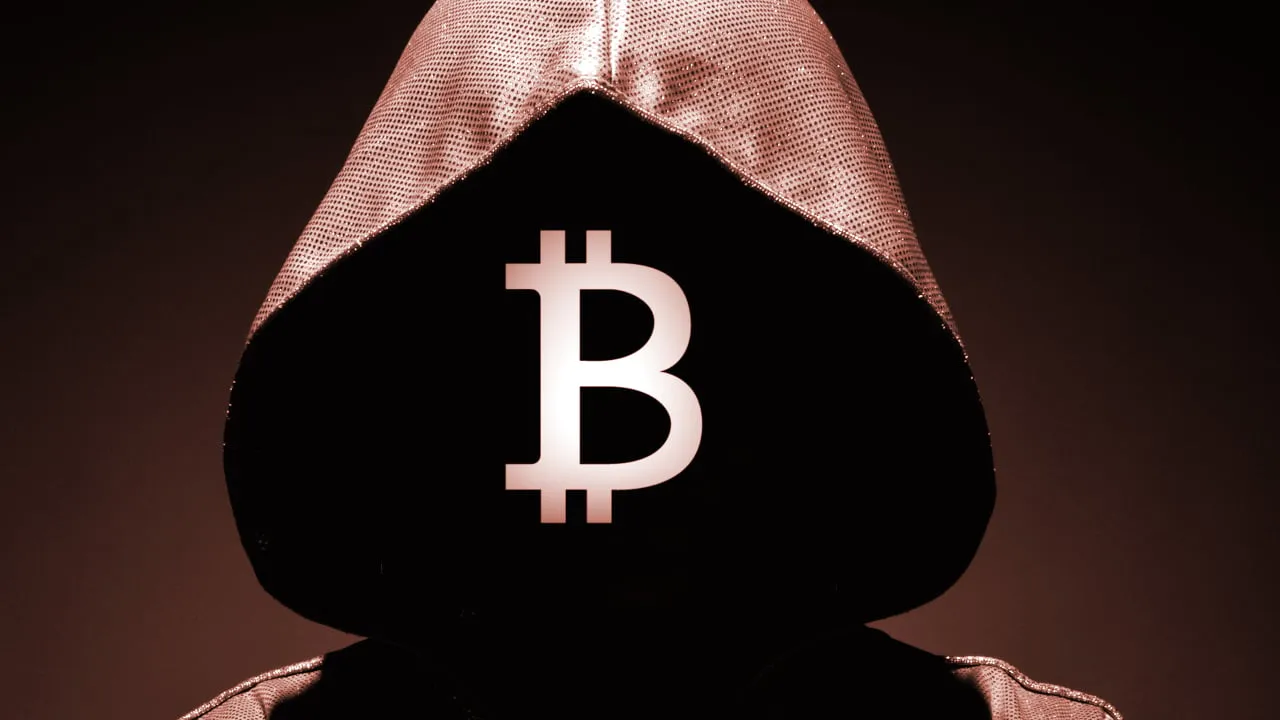Bitcoin‘s mysterious creator Satoshi Nakamoto’s identity remains uncertain, while early Bitcoin front-end developer Martti Malmi‘s emails from 2009-2011 illuminate the beginnings of Bitcoin. It is known that Nakamoto discussed and led the development of foundational ideas for Bitcoin. However, the newly surfaced emails from Malmi reveal more details about that period.
Bitcoin-Centric Correspondence
Most of the correspondence focuses on technical discussions in the early stages of the Bitcoin ecosystem. Nakamoto’s views on Bitcoin’s mining mechanism and energy consumption are noteworthy. Defending the Proof of Work mechanism, Nakamoto counters critics of the increasing energy consumption, emphasizing the system’s reliability, saying:
“It would be ironic to have to choose between economic freedom and protection. Unfortunately, Proof of Work is the only solution I found to operate the system without a reliable third party.”
Discussions on Bitcoin as an investment tool also appear in the emails. Nakamoto expresses a desire to see Bitcoin not as an investment tool, but as a system that provides economic freedom and protection. Malmi’s quoted words are as follows:
“I am uncomfortable explicitly thinking of it as an investment. Saying that is dangerous, and you should delete that item. It’s not a problem if they come to that conclusion on their own, but we cannot present it that way.”
At this point, the ongoing debate about Bitcoin’s legal status and regulation also emerges. Nakamoto continues:
“Someone came up with the word ‘cryptocurrency’. Perhaps it’s a term we should use to describe Bitcoin, do you like it?”
Additionally, some of the emails contain details about Nakamoto’s personal life and the financing of the Bitcoin project. It is mentioned that Nakamoto attempted to purchase the bitcoin.com domain name but was unsuccessful and made a donation to Malmi for the project. This indicates Nakamoto’s personal commitment to the success of the Bitcoin project.
Contents Do Not Reveal Nakamoto’s Identity
On the other hand, the content of the emails does not provide any clues about Nakamoto’s identity. Nakamoto’s mystery remains an intriguing aspect of Bitcoin’s early days. However, these emails can be considered a significant resource regarding the early days and development process of Bitcoin.

Martti Malmi’s newly revealed emails shed light on the history and development of Bitcoin, while Satoshi Nakamoto’s identity continues to remain a secret. Although the identity of Bitcoin’s creator Nakamoto is uncertain, his legacy, Bitcoin and Blockchain technology, continues to receive significant interest and acceptance worldwide.
Correspondence Reveals the Start Date of the Work
Responding to a post in an email list, Nakamoto says, “I can’t be of much help at the moment. I’m too busy with my work and need to take a break after 18 months of development.” These words date back to July 21, 2009, indicating that Nakamoto began working on Bitcoin in January 2008.
What’s interesting at that time is that the banking collapse had not yet occurred. Likely, Nakamoto anticipated some developments, as the collapse happened in September 2008. It’s worth noting that the peak of the crisis was in 2007 with the collapse of the British bank Northern Rock in the UK.
Nakamoto Is Not Wealthy
The correspondence continues with interesting expressions. Nakamoto says, “I tried to buy bitcoin.com before starting, but I had no luck. It was owned by a professional domain speculator.” These words indicate that he was not wealthy or part of a well-financed team or that he simply did not want to spend a ton of money on a domain name.
Nakamoto’s correspondence includes the phrase “good news: I received a $3,600 donation. At least housing costs are no longer a problem,” suggesting he was an ordinary person without much income.
The emails also contain Nakamoto’s PGP key. Whether this key is still in his possession is anyone’s guess. Some claim that this key could be a way to identify the person behind the correspondence, but a private key can always be shared or stolen as well.

 Türkçe
Türkçe Español
Español









